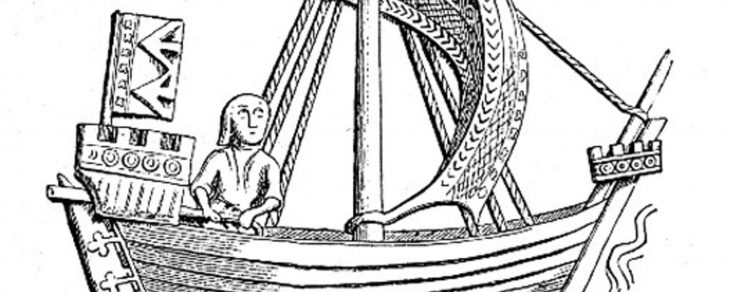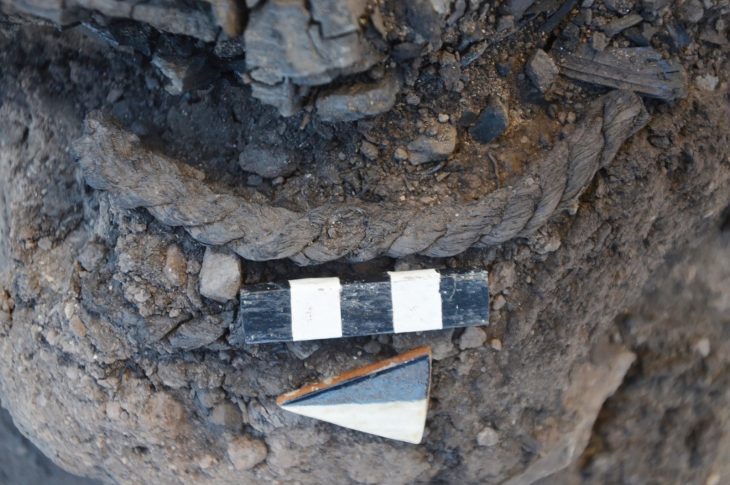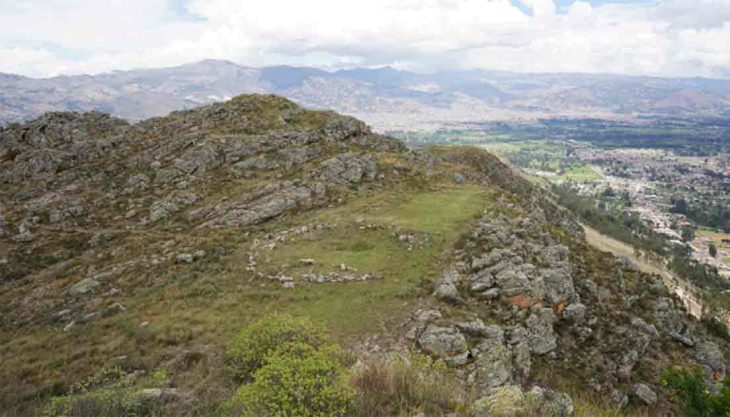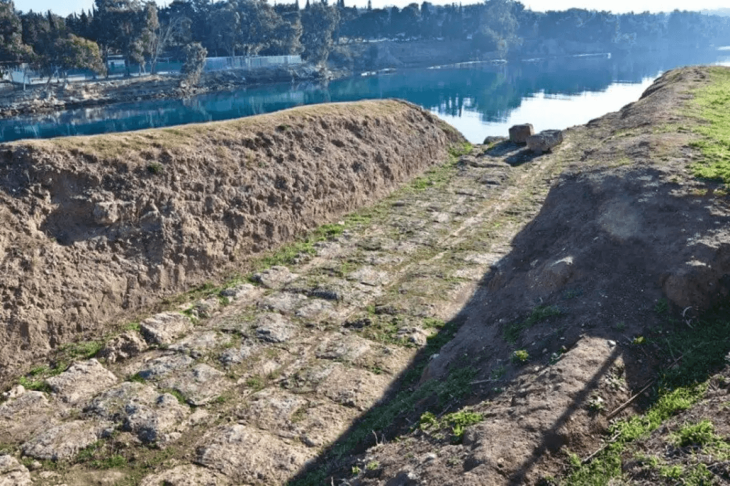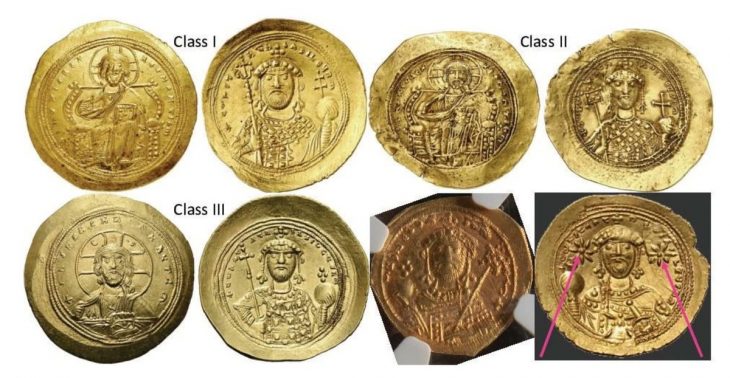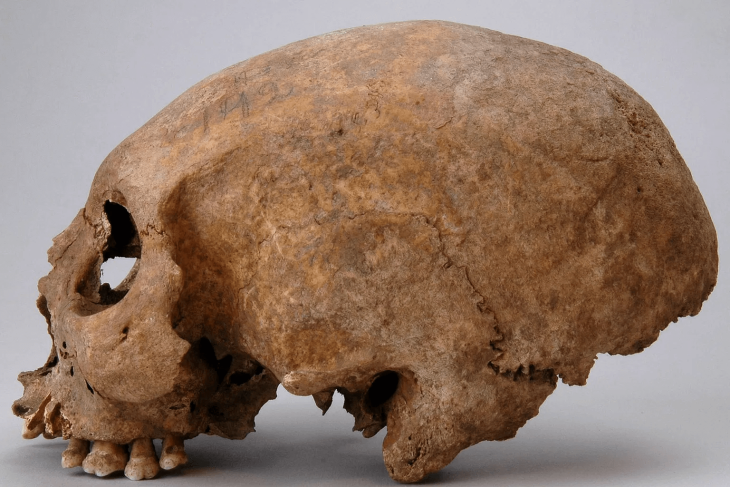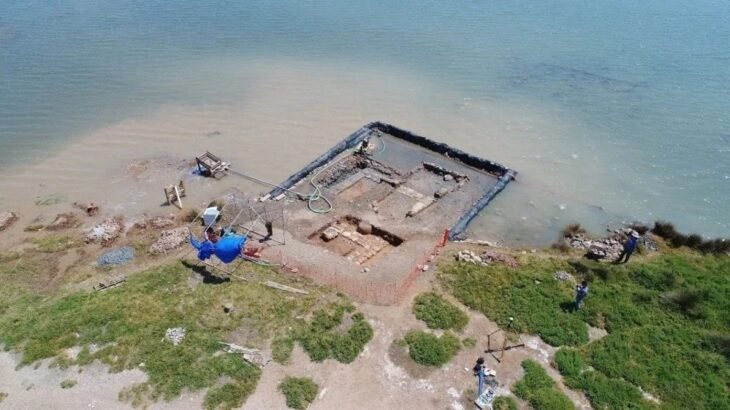A farmer and his son found a rare Viking sword on his family farm in Suldal, Norway.
Archaeologists say this is probably the first time a sword like this has been found in Rogaland. The Norwegian municipality of Suldal is located in the northeastern part of Rogaland County.
According to a news release from the Archaeological Museum at the University of Stavanger, on Monday, May 27, Øyvind Tveitane Lovra and his son were cleaning up a neglected field at their family farm in Suldal. Øyvind Tveitane Lovra picked up some metal “trash” to throw away, then realized he was holding a rare Viking weapon.
Lars Søgaard Sørensen, an archaeologist with 25 years of experience, and Kim Thunheim, an archaeologist with 15 years of experience, have never encountered a discovery like this. The two professionals were summoned to the farm Lovra to meet with the individual who found the sword and collect the rare artifact after the finder contacted the county council to register the exceptional find.
“This is very rare. The sword was the greatest status symbol in the Viking Age, and it was a privilege to be allowed to carry a sword. It is not often that we, as archaeologists, get to experience something like this,” smiles Lars Søgaard Sørensen in the county council’s section for cultural heritage.

The weapon was found to be a rare Viking sword that dates between 900 and 1050 by archaeologists. Slightly shorter than half of its original length, the well-preserved sword measures about 15 inches (37cm). Its T-shaped handle is easy to identify, and its end appears blunt and rectangular.
Norwegian blacksmiths in the Viking Age were able to build on a long tradition of blacksmithing that dated back long before the Viking era. Also, archaeologists studying Viking swords have found that importing swords was common during this period.
According to the Gulating Law, the oldest surviving Norwegian legal text, the sword was a mandatory weapon free men had to carry when attending the assembly.
An X-ray study of the artifact has provided scientists with valuable information. Archaeologists X-rayed the sword and were surprised to find an inscription on the blade, the museum said. The inscription included a cross pattern and possibly some writing.

This recent discovery could be a renowned VLFBERHT sword from the Viking Age or the early Middle Ages.
Sigmund Oehrl, a Professor of archeology at the University of Stavanger, explains that these were high-quality swords produced in the Frankish Empire (now Germany) and were marked with the weapon manufacturer’s name.
Researchers know of around 170 such swords. Most have been found in Scandinavia. Swords with the Ulfberth inscription were widespread in Europe during the Viking Age. Vlfberth is a Frankish name, possibly used as a ‘trademark’ on these swords. These swords have a particularly high carbon content, making them extra strong.
If you are interested in Viking swords, a wonderful exhibition opens in June at the NTNU University Museum in Central Norway. A vast collection of 700 swords will be displayed at the NTNU University Museum. For more information, please visit NTNU. edu.
Archaeological Museum at the University of Stavanger
Cover Photo: Farm owner Øyvind Tveitane Lovra. Rogaland County Municipality.


